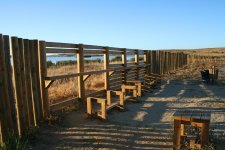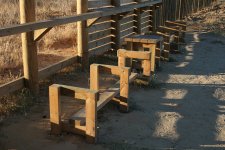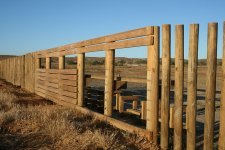alanrharris53
Well-known member
Ok got it now. Didn't expect The site to be saved by a flower but greats news and great effort to get this far. Sound like there is still no guarantee that the strategy will work though?
Ok got it now. Didn't expect The site to be saved by a flower but greats news and great effort to get this far. Sound like there is still no guarantee that the strategy will work though?
Its not realy a strategy, more just applying the law - in Portugal most conservation success relies on legally protected species and habitats and much less on public support than in the UK. The southwestern Portuguese endemic plant in question is the Algarvian Toadflax Linaria algarviana is a pet species of mine and when I enquired if it had been included in the EIA (which would have to be from a legal point of view) - it hadn't, as I imagined, becaue the time of year that the EIA was carried out. This plant grows on the dune slacks inland from the coastal dunes exactly where the proposed development is planned (not right next to the wetland). I sent a map of colonies of this plant that I knew were there to Almargem, the Algarvian nature conservation NGO. It will be included in the forthcoming replacement EIA.
The first and contraversial EIA at and around Lagoa dos Salgados was of poor quality done by (AFAIC) an unknown company that lies outside the normal conservation community here. It was an attempt to produce a "legal bit of paper".
Normally EIA's in Portugal are of high quality and rigour carried out by folk who are totally dedicated to conservation - they don't miss protected species!
As this plant has maximum legal protection at national and European level, and occurs in numbers, it would actually be difficult to legalise any habitat destruction. Its presence is a strong contribution to the area's protection - lets hope that the Ministry of the Economy don't step in and vito any decisions from the M of the Environment - they can overide protecting species/habitats in cases where its considered that the local economy benefits substantially.
Well congratulations Simon for a great effort.




Considering that the wood is of good quality, it seems to me that the main purpose of this action was not to destroy, but really to steal.

News that the land at Lagoa dos Salgados is up for sale...and that the plan is still on for "development" - with a few twists. Conservation folk are reacting quickly. I think this news in English is right on the button:
http://portugalresident.com/controversy-looms-over-plans-to-sell-and-develop-algarves-last-chunk-of-coastal-greenbelt
